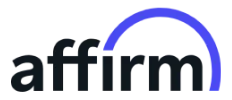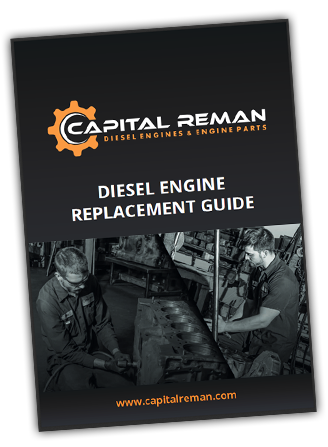Shop Talk: Cylinder Liner Protrusion Installation Tips
Question from Hank in Texas: What's the Mack E-7 Engine installation procedure for cylinder sleeves and setting the liner protrusion?
Answer: Excellent question Hank. Three things to consider when looking at the cylinder liner sleeve installation process for the Mack E-7 reman:
Liner protrusion is the measurement the cylinder liner extends above the surface of the engine block. It is supposed to stick above the surface of the block and act essentially as a cushion on the cylinder head gasket. Once torqued into place the cylinder head crushes the gasket evenly and to the correct OEM specifications. In essence the cylinder liner is a guide to make sure the cylinder head and block are in proper alignment. Measurements are taken using a bridge micrometer and a dial indicator. 1. First you should seal the cylinder liner sleeves with vendor supplied RTV silicone adhesive sealant.
1. First you should seal the cylinder liner sleeves with vendor supplied RTV silicone adhesive sealant.
2. Secondly, take the calipers and take a measurement in between the fire dam and the coining bead from the deck height. The measurement should fall between 0.023-0.029" in. The tolerance should not exceed .007" in. If the tolerance is over spec the rebuilder should use shims to compensate. The engine rebuilder should measure 5-6 times around the head to make sure it is in spec. Measuring once is simply not enough; consistency is the name of the game. If the fit is not 100% perfect the head gasket might be crushing or sealing properly on one side of the engine and not sealing correctly on the other.
3. Pro Tip of the Day: #2 and #5 camshaft main bearing should feed the rocker shaft. It is absolutely critical that the the camshaft bearing holes should align during installation. If the holes do not align the oil can't freely flow from the bearings and engine will seize up.
4. Dry liners are a bit trickier than wet liners. You should use a depth micrometer to first measure the depth of the counterbore; which consists of the distance from the deck surface to the flange surface in the engine block. Once that measurement is taken you then want to measure the thickness of the liner flange. Subtract the first measurement from the second measurement which will give you the ideal protrusion specification if the liner sits true in the block. The main reason for taking these measurements (which is not necessary when applying wet liners) is that you have to use a sleeve installer tool. Once installed, it is difficult to remove them and reset so you better make sure your protrusion heights are correct the first time. After installation it is wise to take measurements again to confirm the specifications are correct.
5. Not having the proper seal between the head and block can result in catastrophic engine failure. The most common problems from incorrect liner protrusion are leaky head gaskets, damaged pistons, pitted cylinder head decks and cracked liner flanges. Take a look at the photos, under magnification, of correct and incorrect liner protrusion.
Normal Liner Protrusion:

Normal liner protrusion under high intensity magnification. Notice the even consistency of the cylinder liner flange.
Incorrect Liner Protrusion:

Notice the inconsistent pattern in the cylinder liner flange. The pattern is uneven towards the bottom of the picture. This particular liner protrusion is out of spec and resulted in a cracked liner flange.
Trapped Debris:

The photo above shows the presence of foreign debris between the sealed liner. This particular block was salvaged and shot peened. Shot peening is the process of cleaning with compressed air containing very fine particles. A material analysis found that very small particles were embedded into the surface of the block. The block was not steamed or chemical cleaned in a tank to remove the debris before setting the liner protrusion. When the cylinder liners were installed the debris was trapped under the flange which resulted in a cracked liner flange. When building a diesel engine it is dubiously important to keep everything clean. Any foreign debris from dirt, sand or steel particles can contaminate the internal components of the engine.
Improper Machining:

This picture shows heavy linear marks across the surface of the block. These striations patters were caused from aggressive machining of the surface of the block from a high speed abrasive surfacing disc. The surface was not evenly polished after machining. The cross thatch lines are from the flange itself causing an opposite pattern on top of the machined block. The result is an uneven fit and in this case the flange completely snapped from the liner.
The proper liner protrusion can be a bit tricky but making sure you get it completely in spec is extremely important. Take it step by step and you'll be just fine!




